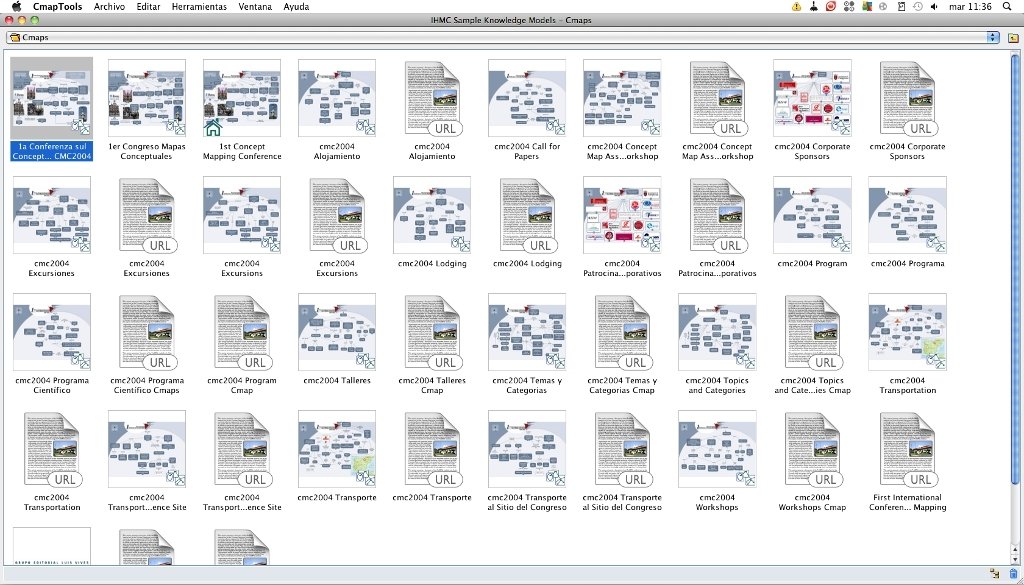

These areas represent artefacts where the past (e.g., geological periods and evolutionary processes), the present (e.g., biodiversity richness), and the future (e.g., protection of ecosystem services for future generations) are intimately connected and integrated.

We address temporal aspects of knowledge governance by exploring time-related characteristics of information and decision-making processes in protected areas.
#Que es ihmc cmaptools v5.04.01 drivers
However, an increase in the rate, extent, severity, and magnitude of the impacts of drivers of change (e.g., climate change, altered land use, and demand for natural resources) is affecting the response capacity of managers and their agencies. Protected area managers rely on relevant, credible, and legitimate knowledge. As a result, this research study recommends that conservation organisations who advocate for the use of such technologies need to hold consultations and dialogues between conservationists and local and indigenous community members in order to be more inclusive and allow for a cross cultural and an interdisciplinary understanding of the best practices for the conservation and management of wildlife. These developments not only undermine the benefits of using such technologies but have also caused a rift between conservation organisations and local communities. Findings indicate that the increasing militarisation and centralisation of protected area management, and the lack of universal access to the information gathered using modern monitoring technologies, have notably led to the marginalisation of local and indigenous communities in the region.

Our case study, which was conducted in the Terai Arc Landscape (TAL) in southern Nepal, includes interviews with several wildlife experts, biologists, and members of local and indigenous communities. It provides an insight into how the extensive use of such digital wildlife monitoring technologies can often marginalise the role of local and indigenous communities in wildlife management. However, this research study highlights some of the key drawbacks of using such modern technologies for wildlife conservation and management especially in developing countries, where the digital divide often clearly separates well-endowed conservation organisations and rural communities. These digital technologies are helping wildlife conservationists and researchers around the world to monitor and manage wildlife with more precision and efficiency. The use of new and advanced wildlife monitoring technologies is shifting the paradigm of wildlife conservation and management. This or a similar technique could be used by other researchers in comparable contexts to yield more comprehensively beneficial results. We used this information to refine our sampling methodology to ensure scientifically rigorous results, and to appropriately engage locals to ensure the project yielded locally desirable benefits. Interview results revealed the environmental knowledge our local assistants are most likely to share with us. To gain this experience in the context of our camera trapping project that integrates traditional environmental knowledge, we undertook mental model interviews with local people. To discover the best-practices for a particular project, it is necessary to develop the unique relationship between the two knowledge systems and related research methodologies based on personal experience. As every knowledge system is unique, there is no universal list of best-practices that will attain these two goals. In such projects, it is important for both researchers and local people that the integration of the two knowledge systems: a) produces scientifically rigorous reports, and b) justly benefits local people. In many regions, including our study area along the Caribbean coast of Nicaragua, it is necessary to apply traditional or local environmental knowledge in biological research projects based in Western scientific knowledge.


 0 kommentar(er)
0 kommentar(er)
